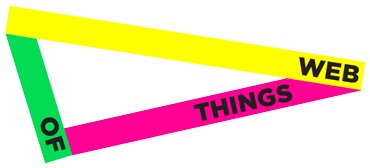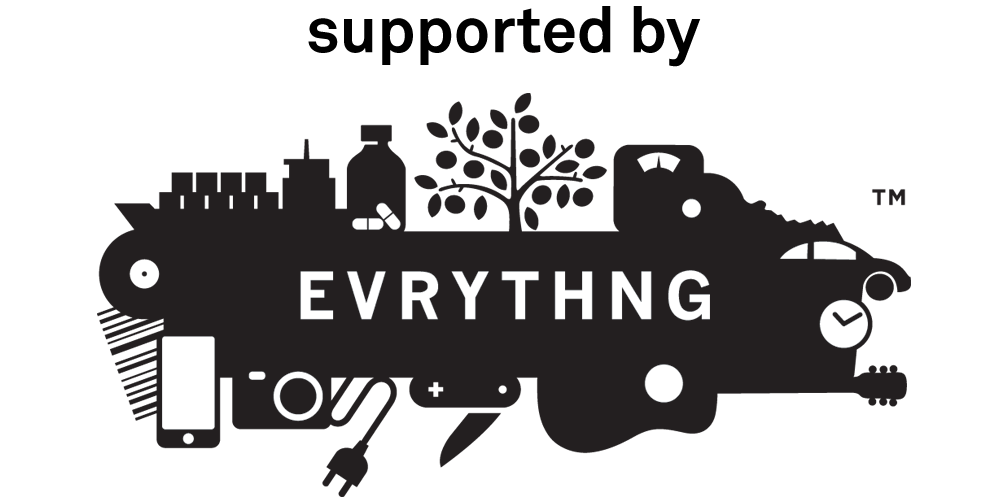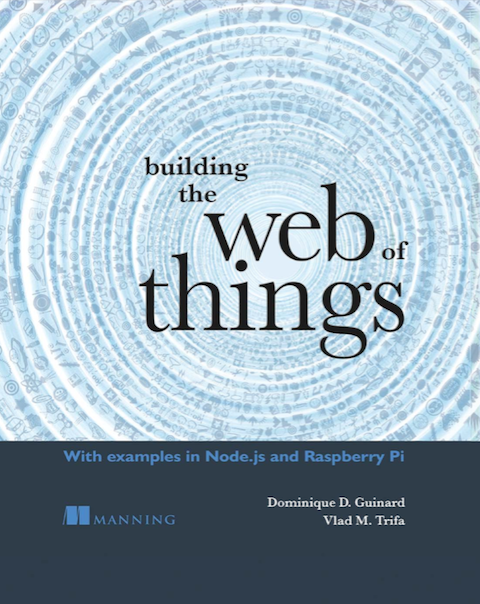Hello I’m WebKit, a Browser: Serve Me… XML Please!
Warning: this is an extremely technical post! But since this bug drove me nuts for a little while, I do have to expose it to the WoT community 😉 Finalizing the open-sourcing of our framework for making RFID tags part of the Web (more about that here!), I was testing it the whole day on various browsers. Firefox, fine! Opera, fine! IE, fine! Chrome, what the heck is that page!? As you might know, a resource in REST is not bound to a format (or representation as they call it). Rather, a well-done RESTful API should be able to serve...



